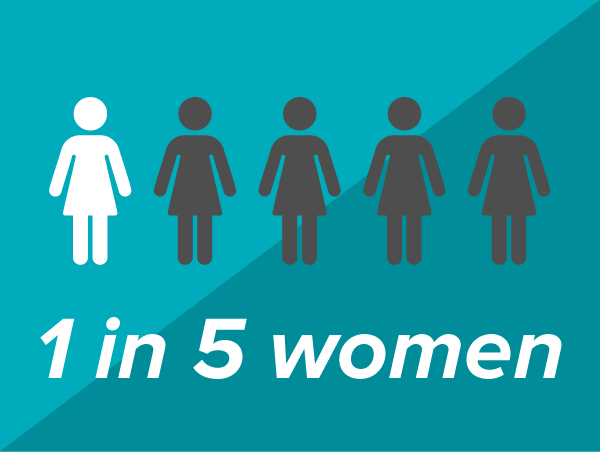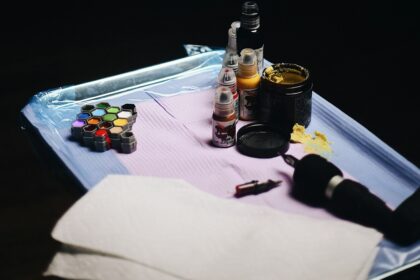For many sexual assault survivors, the physical and emotional trauma can linger for years, if not decades. But there is hope — research has shown that tattoos can be used as a form of self-care and healing for survivors. In this blog post, we’ll discuss how tattoos can be used to empower survivors and help them reclaim their sense of self after a traumatic experience.
Sexual assault is a devastating experience that can leave lasting physical and emotional scars. For many survivors, the process of healing requires not only time and patience, but also finding creative outlets to express their trauma.
In the silent aftermath of sexual assault, survivors navigate a complex journey towards healing and reclaiming their autonomy.
The idea of using tattoos as a form of self-care for survivors of sexual assault
Writing art on your skin can be an incredibly cathartic experience for sexual assault survivors. Tattoos give you the freedom to reclaim ownership of your body and tell your story in a visual form that is forever attached to you. Further, as tattoos are open to creative interpretation, they can also serve as reminders of strength, resilience, or even triumph. There are countless ways sexual assault survivors can use tattoos to reflect their own experiences with healing and self-care. This form of body art represents an opportunity for these survivors to express themselves in a powerful, confident way; it begins with an act of personal courage and empowers them to continuously choose their own paths forward.
Tattoos, in this context, act not only as expressions of resilience and strength but also as intimate markers of a survivor’s journey towards healing. By converting areas of trauma into symbols of survival and empowerment, tattoos can play a crucial role in the process of overcoming the emotional scars left by sexual assault. This innovative form of self-expression allows individuals to visually narrate their stories on their own terms, fostering a sense of autonomy and renewal. It’s a powerful testament to the courage of survivors, showcasing how the art of tattooing can be a meaningful step in the healing journey, transforming pain into beauty and asserting control over one’s body and story.
Statistics about sexual assault and its prevalence in society
Sexual assault is an incredibly prevalent issue in our society, and one which needs to be addressed as soon as possible. While sexual violence may not be visible on the surface, the statistics reveal just how widespread it truly is.
Recent statistics underscore the alarming prevalence of sexual violence, revealing that approximately 1 in 5 women and 1 in 71 men in the United States have experienced rape or attempted rape at some point in their lives.

Furthermore, studies indicate that a significant portion of these assaults occur before the victims reach the age of 25. The impact of such experiences extends beyond the immediate physical harm, leading to long-term psychological, emotional, and social repercussions for survivors.
To raise awareness, some have even gotten sexual assault awareness tattoos that serve to remind themselves and those around them of this important issue, while also making a powerful statement about their own experiences. With this kind of visibility, we hope to contribute to the effort of ending sexual assault altogether.
How tattoos can be used as a form of healing for survivors
For sexual abuse survivors, tattoos can provide a way to reclaim their bodies and take control of their lives. While there is no single symbol for sexual abuse survivors, some choose special tattoos that reflect a powerful message about conquering trauma, cause of that you should know how to handle when your teenager comes to you asking for a tattoo. These symbols can be anything from words or phrases such as “survivor” or “resilience,” to photographs or images like the sexual abuse survivor symbol, an interlocking infinity knot which stands for the never-ending cycle of healing and hope for sexual abuse survivors. Tattoos are not only aesthetically pleasing, but also spiritually and emotionally rewarding for those who choose this form of self-expression after their own individual journeys through the healing process.
Tips for choosing the right tattoo artist and design
When it comes to finding the perfect tattoo artist and design, there are a few tips that can help make the process easier. Firstly, always do your research: look into artists’ galleries and portfolios to get an idea of their style. Additionally, read online reviews to get an understanding of customer satisfaction. Furthermore, ensure you find an establishment with a positive reputation, where you feel comfortable and safe. Of course, this is particularly important for sexual abuse survivors who may be searching for tattoo ideas to memorialize their experience or certain milestones in their recovery or healing journey. It’s also critical that sexual abuse survivors shop around until they find a reputable parlor with sympathetic staff as well as an artist who comprehends the gravity of such a request and is willing to take necessary steps to foster a respectful environment free of judgement or unwanted attention. The bottom line: when it comes to tattoos—especially those that have deep personal meaning—it pays to take time when making selections about both artist and design.
Reach out for help if they’ve been affected by sexual assault
If you or someone you know has been affected by sexual assault, reaching out for help is a critical step towards healing and recovery. There are numerous resources and support systems designed to provide assistance, guidance, and comfort to survivors. Organizations and helplines offer confidential advice, counseling, and support groups that can help survivors navigate the complexities of their emotions and the legalities they might face. Remember, seeking help is a sign of strength and the first step in reclaiming your power and autonomy. Initiatives and services are available to aid you in processing your experience and finding a path forward. No one should have to walk this journey alone; support is out there, ready to help you through this challenging time and guide you towards healing and empowerment.
Conclusion
From the tragedy of sexual assault victims to the beauty of tattoos, this article has explored the various ways that survivors can use tattoos to commit their healing journey to something tangible and lasting. Tattoos have allowed thousands of survivors to reclaim their bodies and gain back a sense of control over their lives. Whether it’s an abstract design or meaningful phrase, choosing a tattoo serves as a physical reminder of strength and resilience in the face of adversity. If you or anyone you know has been affected by sexual assault, it may be helpful to reach out for support from local organizations or even talk with a therapist about further healing methods. Ultimately, no matter the approach taken, tattoos can be an incredibly powerful way for survivors to affirm their worth and express their unique voice through art.





